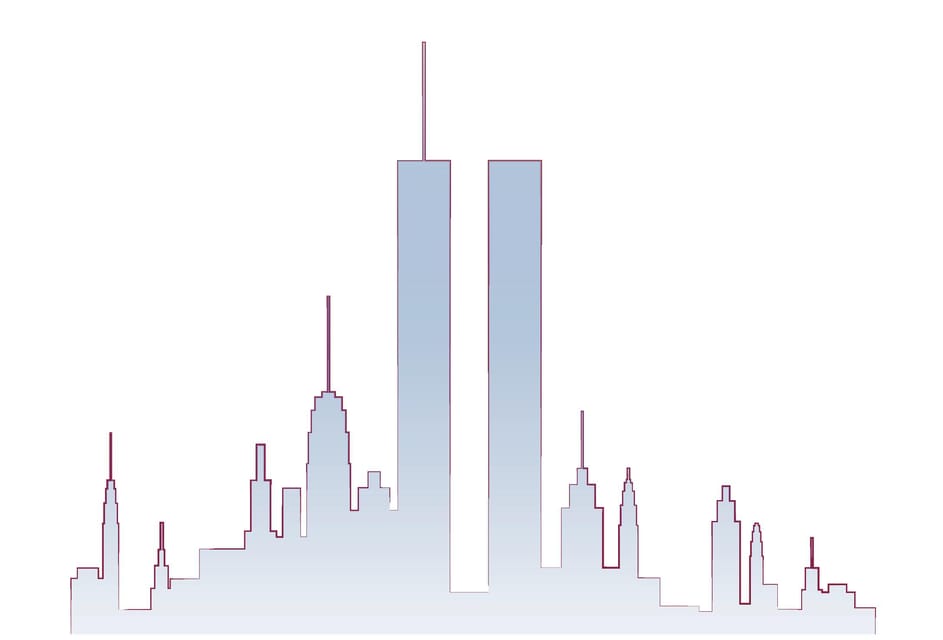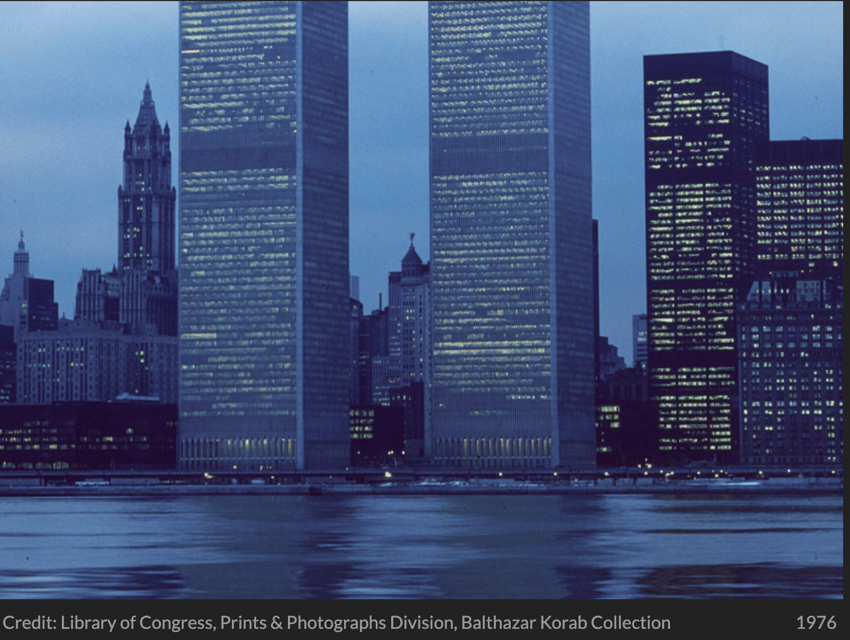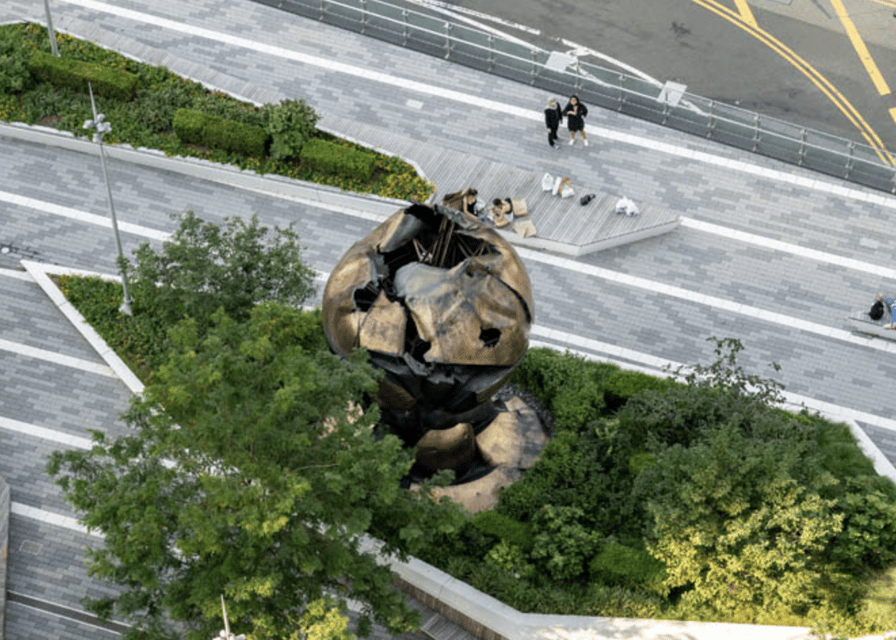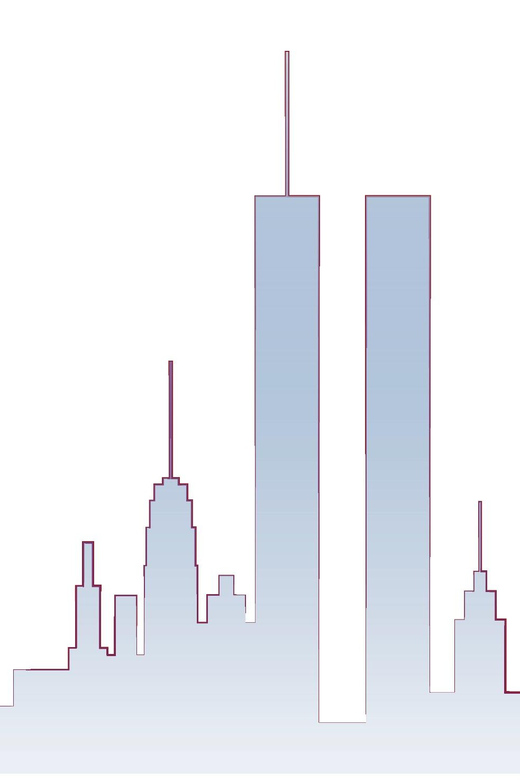The World Trade Center has undergone a remarkable transformation over the decades, evolving from the iconic Twin Towers to the resilient, cutting-edge structures that now grace the New York skyline. What was once a testament to engineering prowess has now become a symbol of resilience, incorporating advanced technologies and sustainable practices. Join us as we explore the fascinating story of the World Trade Center’s journey – from its original architectural marvels to the innovative complexes that have risen in its place, showcasing the remarkable feats of engineering that have shaped this iconic landmark’s past, present, and future.
Key Points

-
The original World Trade Center complex was an architectural marvel, featuring lightweight tube-frame structures and energy-efficient designs that enabled open floor plans.
-
The new World Trade Center complex symbolizes resilience, with One World Trade Center as the tallest building in the Western Hemisphere at 1,776 feet.
-
The 9/11 Memorial’s twin reflecting pools are the largest man-made waterfalls in North America, evoking remembrance and hope.
-
The Oculus transportation hub is an architectural triumph, seamlessly integrating form and function as a state-of-the-art facility.
-
The engineering and design of the new World Trade Center complex blend innovative solutions with reverence for the past, creating a captivating experience for visitors.
It's also worth checking out some other tours and experiences nearby.
Tour Overview

This tour offers travelers a comprehensive 90-minute walking experience exploring the World Trade Center site.
Priced from $39 per person, the tour provides a detailed look at the engineering and design behind the original Twin Towers and the newly constructed One World Trade Center.
Wheelchair-accessible and with free cancellation up to 24 hours in advance, the tour visits key landmarks like the Oculus Center, FDNY Ten House, Liberty Park, and the 9/11 Memorial Pools.
While the exact itinerary may vary, the focus remains on respectfully discussing the history, decisions, and engineering marvels of the WTC site.
Guests can explore these topics in an open discussion format, with discretion advised for sensitive subject matter.
Itinerary Highlights

The tour begins at Silverstein Family Park, where guests start their 90-minute exploration of the World Trade Center site. After a brief stop at the Oculus Center, the group heads to the FDNY Ten House and then to Liberty Park, which offers stunning views of the 9/11 Memorial Pools. The tour culminates at One World Observatory, providing a bird’s-eye perspective of the new World Trade Center complex.
| Itinerary Highlights | Duration |
|---|---|
| Oculus Center | 5 minutes |
| FDNY Ten House | 10 minutes |
| Liberty Park | 15 minutes |
| 9/11 Memorial Pools | 20 minutes |
| One World Observatory | 10 minutes |
The tour’s itinerary is subject to change, ensuring a dynamic and engaging experience for all participants.
Focus of the Tour

Centered on exploring the engineering and design concepts that defined the original Twin Towers and the new World Trade Center, this tour delves into the history and decision-making processes behind the construction of these iconic landmarks.
Participants will engage in a detailed discussion on the engineering marvels and the shortcomings that led to the tragic events of 9/11. The emphasis is on a respectful and reverent conversation, avoiding sensationalization.
Topics may touch on sensitive subjects, so discretion is advised, especially for visitors with children. The tour give you an insightful and thoughtful exploration of the past, present, and future of the World Trade Center site.
Experience and Discussion
The open discussion format of the tour allows participants to freely share their thoughts and personal experiences.
Conversations may touch on sensitive subjects, so discretion is advised, especially for younger attendees.
The tour aims to maintain a reverent and respectful atmosphere when discussing the events of 9/11.
While the guides encourage open dialogue, they steer clear of sensationalism, keeping the focus on the engineering marvels and historical decisions that shaped the original and rebuilt World Trade Center sites.
Ultimately, the experience provides a thoughtful exploration of this complex topic, inviting visitors to reflect on the past while appreciating the present-day memorials and structures.
Additional Information

One key additional detail is that the tour includes individual time at the Reflecting Pools, allowing visitors to take in the serene and poignant atmosphere at their own pace.
However, entry into the 9/11 Memorial Museum or One World Observatory isn’t included in the tour price and must be purchased separately.
Plus, while the tour is wheelchair accessible, the guide may not provide umbrellas in inclement weather, so participants are advised to plan accordingly.
Original World Trade Center

Soaring over 1,300 feet, the original World Trade Center complex was an architectural marvel that defined the Lower Manhattan skyline for decades.
Completed in 1973, the iconic twin towers were marvels of engineering, featuring a lightweight tube-frame structure that allowed for vast open floor plans.
Innovations like the sky lobbies and skylight-filled atriums made the buildings energy-efficient and people-centric.
Though the towers were brought down in the tragic events of 9/11, their bold design and technical achievements remain a testament to the innovation and ambition of their creators.
The new World Trade Center complex now stands as a symbol of resilience, honoring the past while embracing the future.
Construction of the New WTC
After the tragic events of 9/11 brought down the original World Trade Center, the site became a focal point for the city’s resurgence and rebirth. The new World Trade Center complex, designed by renowned architects, features several iconic structures that pay homage to the past while embracing the future.
| Design Element | Description |
|---|---|
| One World Trade Center | The tallest building in the Western Hemisphere, standing at 1,776 feet, symbolizing the year of American independence. |
| Memorial Pools | Situated on the original footprints of the Twin Towers, these twin reflecting pools feature the largest man-made waterfalls in North America. |
| Transportation Hub | The Oculus, a magnificent, bird-like structure, serves as a state-of-the-art transportation hub and a testament to resilience. |
The new World Trade Center complex is a tribute to the city’s unwavering spirit and a symbol of its determination to rise from the ashes.
Architectural and Engineering Marvels

The new World Trade Center complex showcases a remarkable blend of architectural ingenuity and engineering prowess.
One World Trade Center, standing tall at 1,776 feet, is an engineering marvel, its sleek design and state-of-the-art construction techniques making it a symbol of resilience.
The 9/11 Memorial, with its twin reflecting pools set within the footprints of the original towers, is a poignant tribute, its design evoking both remembrance and hope.
The Oculus transportation hub, with its striking, wing-like structure, is an architectural triumph, seamlessly integrating form and function.
These elements, woven together, create a captivating experience that honors the past while embracing the future.
Here's a few more nearby tours and experiences we think you'll like.
- 9/11 Memorial, Ground Zero Tour With Optional 9/11 Museum Ticket
- 9/11 Memorial Museum Admission Ticket
- All-Access 9/11: Ground Zero Tour, Memorial and Museum, One World Observatory
- Artistic, Alternative Greenwich Village Walking Tour
- Broadway Theaters and Times Square With a Theater Professional
- Brooklyn Bridge & DUMBO Neighborhood Tour – From Manhattan to Brooklyn
Frequently Asked Questions
How Did the Original Towers Withstand the Initial Plane Impacts?
The original Twin Towers were built to withstand the impact of a commercial passenger airliner. Their robust steel-frame construction and strategic design enabled them to initially survive the initial plane impacts on 9/11 before eventually collapsing.
What New Safety Features Were Incorporated in the Design of 1 Wtc?
The new 1 WTC incorporates several enhanced safety features compared to the original towers. It has a reinforced concrete core, blast-resistant windows, and a sophisticated fire suppression system – all designed to improve the building’s resilience and occupant safety.
How Did the Construction Timeline of the New WTC Compare to the Original?
The construction of the new WTC took much longer than the original, taking over 10 years to complete compared to just over 5 years for the original towers. This allowed for more rigorous safety standards and engineering innovations to be implemented.
What Challenges Did Designers Face in Creating the 9/11 Memorial?
Designers faced the challenge of creating a memorial that honored the victims while capturing the gravity of the event. They sought to balance solemnity with hope, using thoughtful design elements to evoke a fitting tribute.
How Does the Energy Efficiency of the New WTC Compare to the Original?
The new WTC buildings are far more energy-efficient than the original towers. They feature advanced sustainable design, including renewable energy sources, improved insulation, and reduced energy consumption – making them a model of modern, eco-friendly skyscraper construction.
Not for you? Here's more of our most recent tour reviews happening neaby
- Nyc: Liberty Cruise on New York Harbor With Live Guide
- New York City: Manhattan Complete Playground Entry Ticket
- Manhattan Architecture & Urban Design Walk
- Lower Manhattan: Wall Street, Hamilton & 9/11 Memorial
- Midtown Manhattan: The Zen Air Conditioning Tour
- Brooklyn: Williamsburg – Hip & Orthodox
- Elevate Your Energy: Outdoor Yoga in Central Park
- Central Park Pedicab Tours With New York Pedicab Services
- New York City: Grand Central Terminal Walking Tour
- NYC: The Bronx Subway and Walking Tour
- Taylor Swift’s New York: A Walking Tour
- RUN Like a New Yorker
- New York City: Yankee Stadium Guided Tour
- New York City: BLOOM at the Rockefeller Center
- Nyc: Guided Central Park Private Pedicab Tour (60 Mins)
Recap
The World Trade Center’s journey from architectural marvels to resilient, innovative structures is a testament to the power of engineering. From the original Twin Towers’ cutting-edge design to the new complex’s modern resilience, the WTC has evolved to meet the demands of the future. This tour offers a unique opportunity to explore the engineering feats that have shaped this iconic landmark, providing a captivating glimpse into the past, present, and future of this remarkable site.
